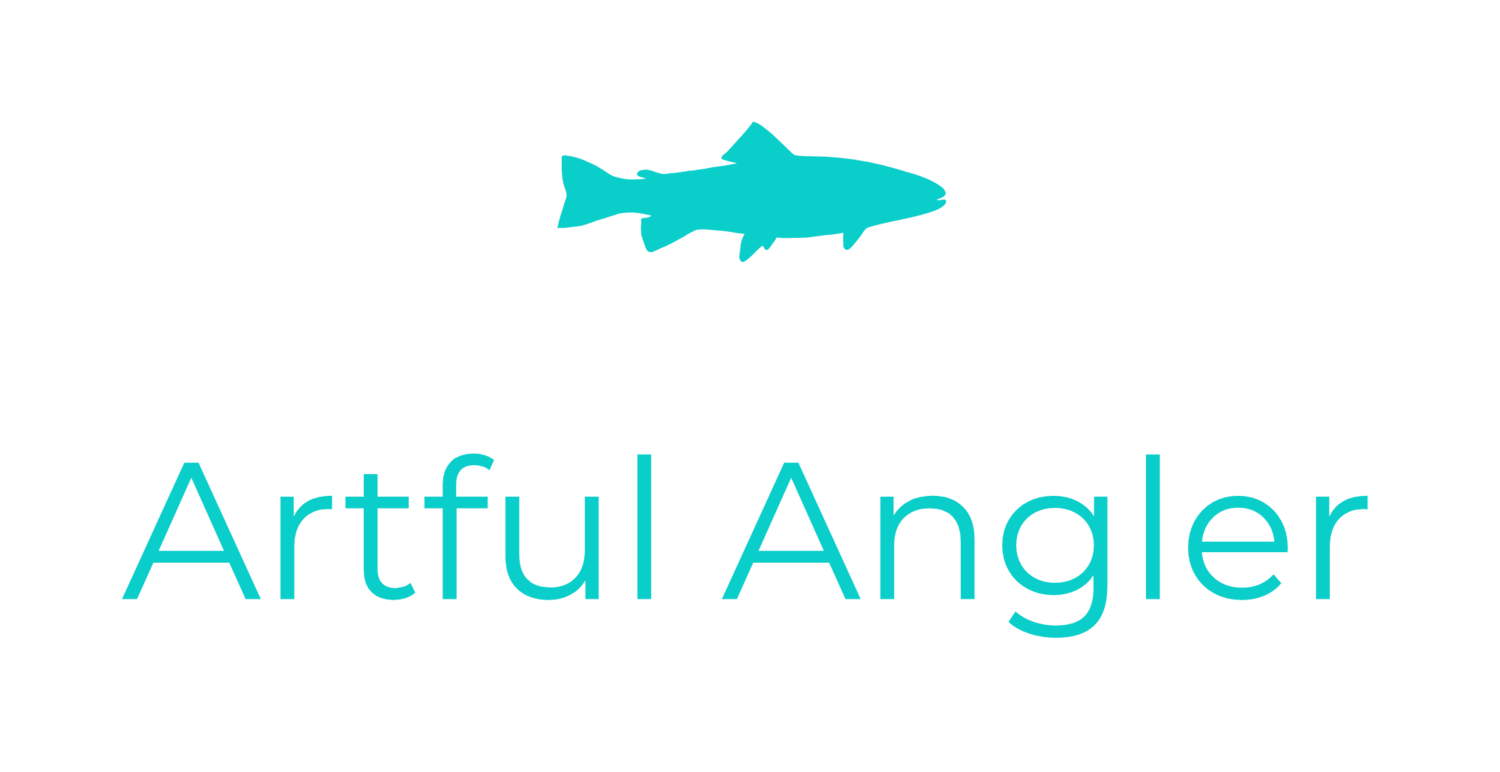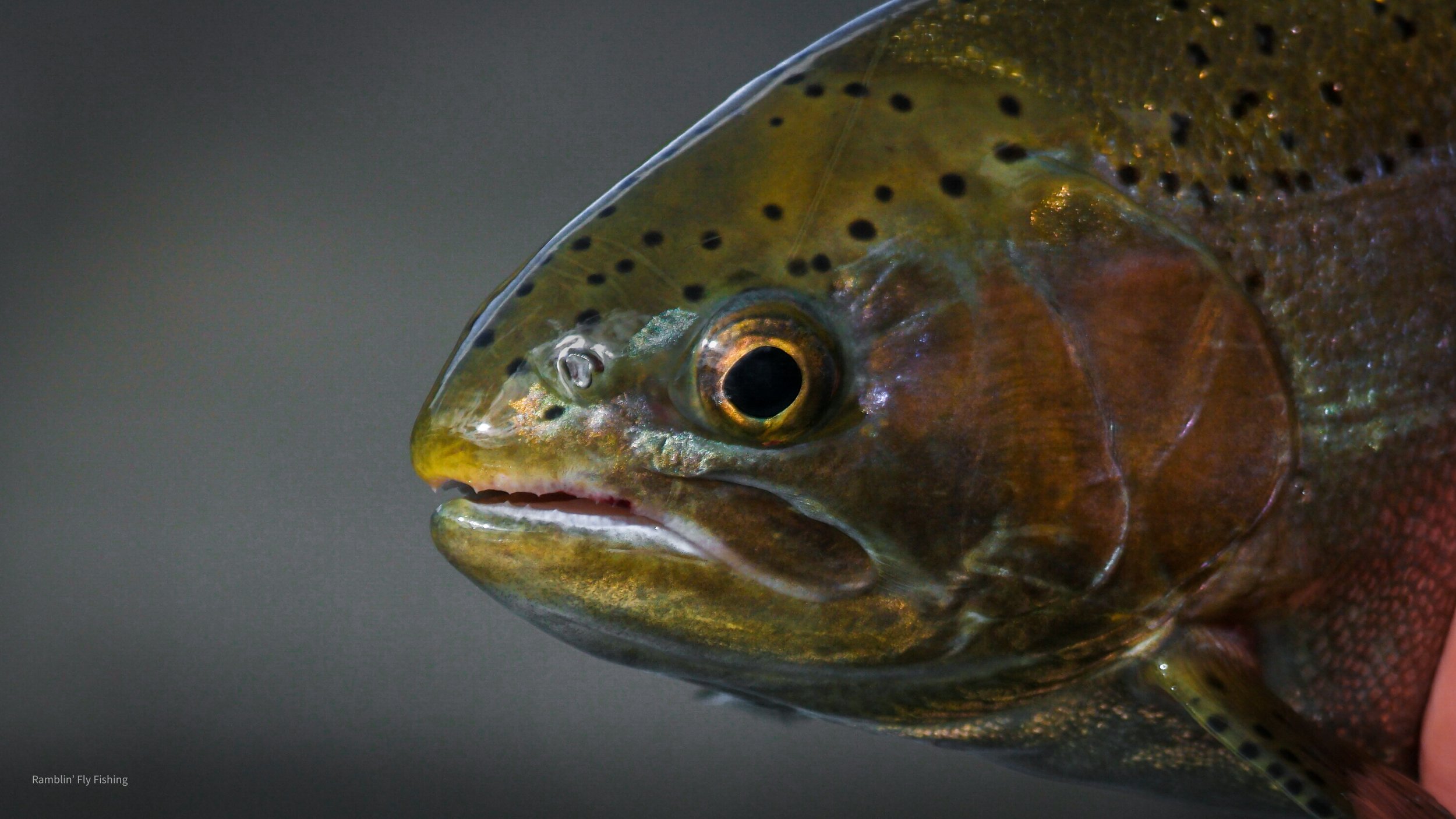Reading a river (or stream) for fish is an acquired skill. When you fish enough you begin to get an Idea of the little nuances that rivers have and what makes "fishy water".
The Basic
Fish aren’t that different from us. They are instinctual about their food and protecting themselves from being eaten.
That said, novice fly fisherman needs to search out those parts of the river in which the water current delivers food into the mouths of fish, where they tend to be protected and can feed in comfort.
Locations where this happens are around and behind logjams, undercut banks, the back side of shelves and riffles, in deep holes, in back of and in front of boulders, and of course deep troughs. The number one best way to improve your water reading skills is to get out there and fish.
Trout prefer to feed on the edges of these more open water where the current is not blistering fast where food flies by and they use too much energy trying to chase down a meal but just strong enough where food drifts down to them at a good pace. Moderate flows, like at the speed of a slow walk, is approximately the right speed.
Most feeding trout will be found in the 2-foot to 4-foot range of water. Trout may also be found in shallower water, depending on conditions and the amount of fishing pressure on the stream.
Trout Fly Fishing Experience
Trout is often found in 12-inches of water during the May or June fly hatch right up against the bank or from bank edges. Keep these outliers in mind and take advantage of them before casting your fly line in the rest of the pool.
Where fast water meets slow water, there’s a definitive line, often marked by a line of bubbles or debris that collects, called a seam. And seams funnel all sorts of insects that have hatched in the riffles above or fallen in, and Trout will hug this line. A properly placed nymph can also be drifted through these seams to trout holding low in the water column. Start fishing the inside edge of seams, then cast tighter to the middle and finally target the main current.
Shade is another good option for trout. It is within this shaded section of the river that trout feel comfortable swimming, so they will frequently choose to feed in these areas to keep a predator from seeing them. Or they will use these shaded areas as a cover to ambush prey and then return quickly like cats. A good cast will allow you to put your flies just on the outside or inside of the shade and entice trout up to rise and eat your fly.
Some new, swirling currents — called eddies — in the river come from the flows passing over and around things blocking the current, like large boulders or submerged stones.
When the water flows around these objects, it creates a recirculating current that moves it into a whirlpool of spinning water or to a spot of stagnant water. These spots can be small or fairly sizable, collecting a mound of debris and foam. Slow water like this makes for great holding lies for trout that like to select insects drifting by in the quicker current. They prefer to dart in and out of this safe pocket of water and into seams created by the eddy against the swifter current.
Common Hiding Places
If trout sense a predator, it will be a few feet above feeding trout where they can ditch back into if they are in the water column, out of danger. Common hiding places include fallen trees, shade, boulders, overhanging banks, deep water and riffles. Use these as reference points to know where you might be able to find a few fish.
When fishing in these areas, try the grid method. Divide the main current into several threads or grids, and fish the closest to you first. We like to sit downstream and throw casts upstream. An upstream presentation keeps us out of their line of sight and allows us a better angle to cast. Treat it as if you’re stalking the trout nice and slow. Try to use the natural noise of the stream to create some cover for your actions. For instance, crossing in fast flows and riffles will help cover your entry.
Now, closely observe the layout of where the water is flowing into and where trout could quickly take cover but also be able to move enough to feed off of the channel. Cast your fly a few feet upstream, and allow it to drift down. Always mend your fly line in this instance to prevent dragging your presentation and blowing your chance. When you enter the pool keep a little distance at the beginning then dive into the pool
Final Thoughts
If you’d like to know more about locating where the fish are in a Northern New Mexico or Southern Colorado river or stream and you're itching to go fly fishing with a professional fishing guide to really make it click, then call the pros at Artful Angler today at 505-603-2119! Artful Angler has five excellent professional fishing guides to teach you how to find fish, fly fish for them and enjoy the adventure.

